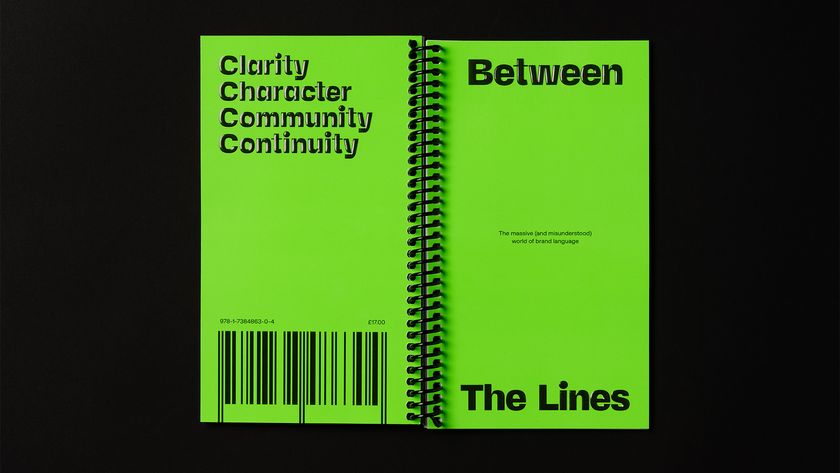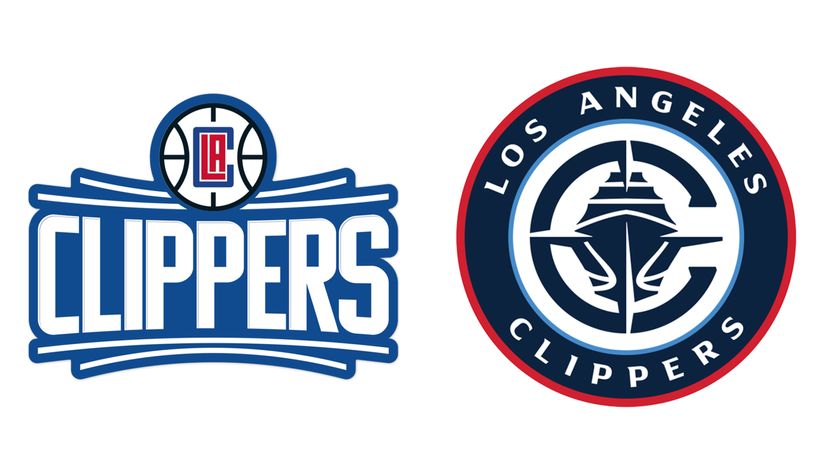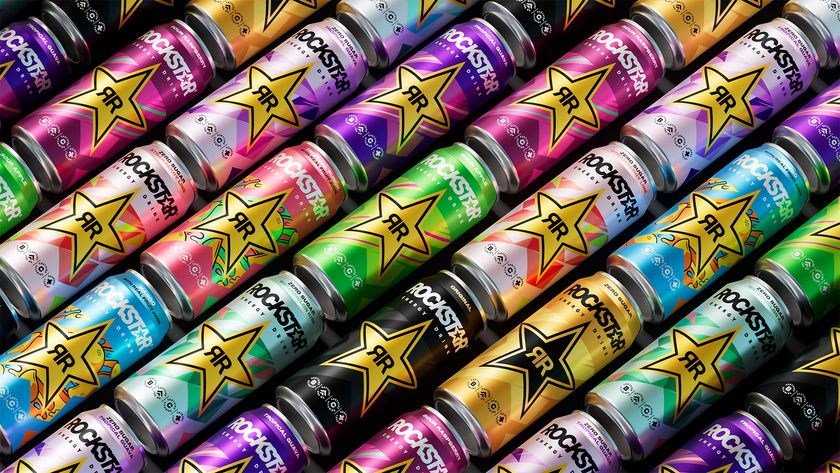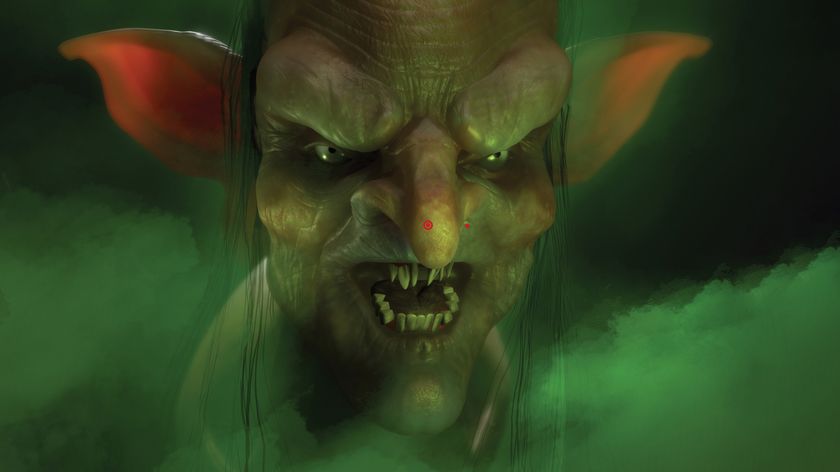
The arrival of social media and new digital channels have transformed branding. But when it comes to connecting a brand with customers, there are still fundamental mistakes an art director needs to steer clear of.
Here, an expert team of creative directors share their thoughts on what brands should avoid at all costs.
01. Demographics not mindset
"You see brands isolating groups of people based on a demographic, whereas actually a huge breadth of people now buy products based on mindset, cutting across all that," says The Future Laboratory's Kirsty Minns.
02. Overuse of 'heritage'
Relying on a brand's heritage is lazy, says Minns. "It's better to find something that feels more truthful and appropriate. Being 'authentic' isn't an excuse for not having original ideas."
"I wouldn’t call it a mistake exactly, but something that springs to mind is naming our company Purple and spending 25 years explaining why," says Steve Bewick, founding partner and creative director at Purple.
"Back in 1993, we were just starting our own branding studio straight out of college. We only had a few clients and lots of time, so spent way too much time thinking about an identity. The idea was that we’d visually bring to life things that aren’t the colour purple – blue rinse hair, pink elephants, greyhounds, red herrings… you get the idea."
"I still like the idea, but in retrospect it’s quite complex and wasn’t the most practical. In 2018, we will be embarking on our Purple Creative identity 2.0. Wish us luck!"
03. Global blinkers
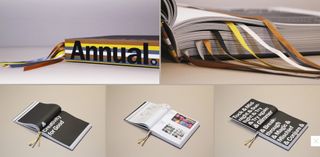
"[Despite branding being] so international these days, you always need to be aware of local sensitivities," explains Studio Sutherl&'s Jim Sutherland. "A one-size-fits-all, global look means you're not really understanding the people you're talking to in those countries."
Creating a multitude of identities is fraught with its own problems though. "One mistake we made previously was giving the client too many logo options upfront (in the concept phase)," says Rob Berry, creative director at Superrb.
"Doing this not only takes more design time, but it can often make things harder if the client wants to take elements from a few ideas and mash them together. Having gone through that experience, we’d now generally recommend selecting the three options you believe to be the best solution. These should vary in style so you can get a clear steer from the client on what they do and don’t like."
"We’ve also found it handy to spend time presenting logos across various media, such as business cards, signage, and so on. This really showcases your work and enables clients to visualise your ideas."
04. Bland brands
"There's a lot more branding going on than there was perhaps five or ten years ago, but most of it is very bland and uninspiring," says Sutherland. "When I'm judging design competitions, you do wonder why some projects have been entered."
"On rare occasions, I haven’t fought hard enough with clients in order to produce brave work," says Troy Wadee, co-founder at Brown & Co.
"This has led me to conclude two things. Firstly, consumer research in design is fraught with problems. This is largely because consumers, in my experience, often don’t have the vision to see what you are aiming to achieve with a brand even when you explain it to them; that’s why they’re not designers."
"Secondly, to be a leader (which every brand should aim to be) means going where no one has been before and celebrating what makes you unique. Being distinctive in a relevant way is fundamental to long-term brand success and requires an unwavering belief in doing things your way."
05. Cod psychology
"One of the problems with people talking about branding is that they talk about the wrong things," says Sutherland. "Like, 'we did it yellow because it reflects positivity.' No, it doesn't. It's yellow."
This article was originally published in Computer Arts magazine issue 252.
Related articles:

Thank you for reading 5 articles this month* Join now for unlimited access
Enjoy your first month for just £1 / $1 / €1
*Read 5 free articles per month without a subscription

Join now for unlimited access
Try first month for just £1 / $1 / €1
Get the Creative Bloq Newsletter
Daily design news, reviews, how-tos and more, as picked by the editors.
Tom May is an award-winning journalist and editor specialising in design, photography and technology. Author of the Amazon #1 bestseller Great TED Talks: Creativity, published by Pavilion Books, Tom was previously editor of Professional Photography magazine, associate editor at Creative Bloq, and deputy editor at net magazine. Today, he is a regular contributor to Creative Bloq and its sister sites Digital Camera World, T3.com and Tech Radar. He also writes for Creative Boom and works on content marketing projects.


